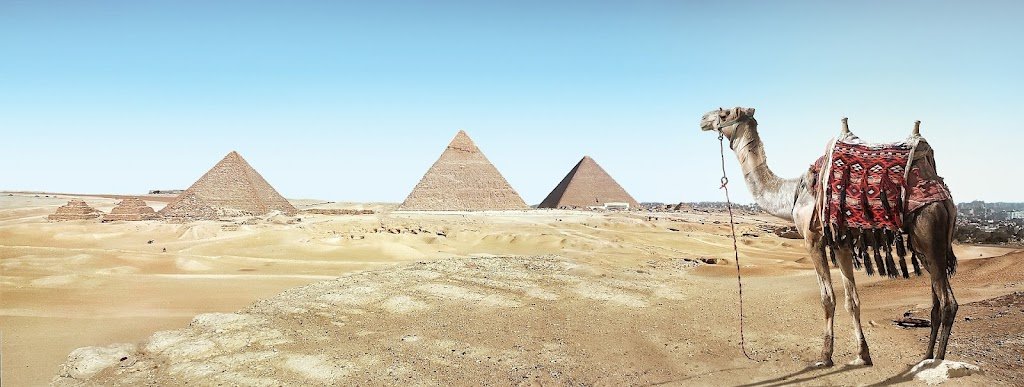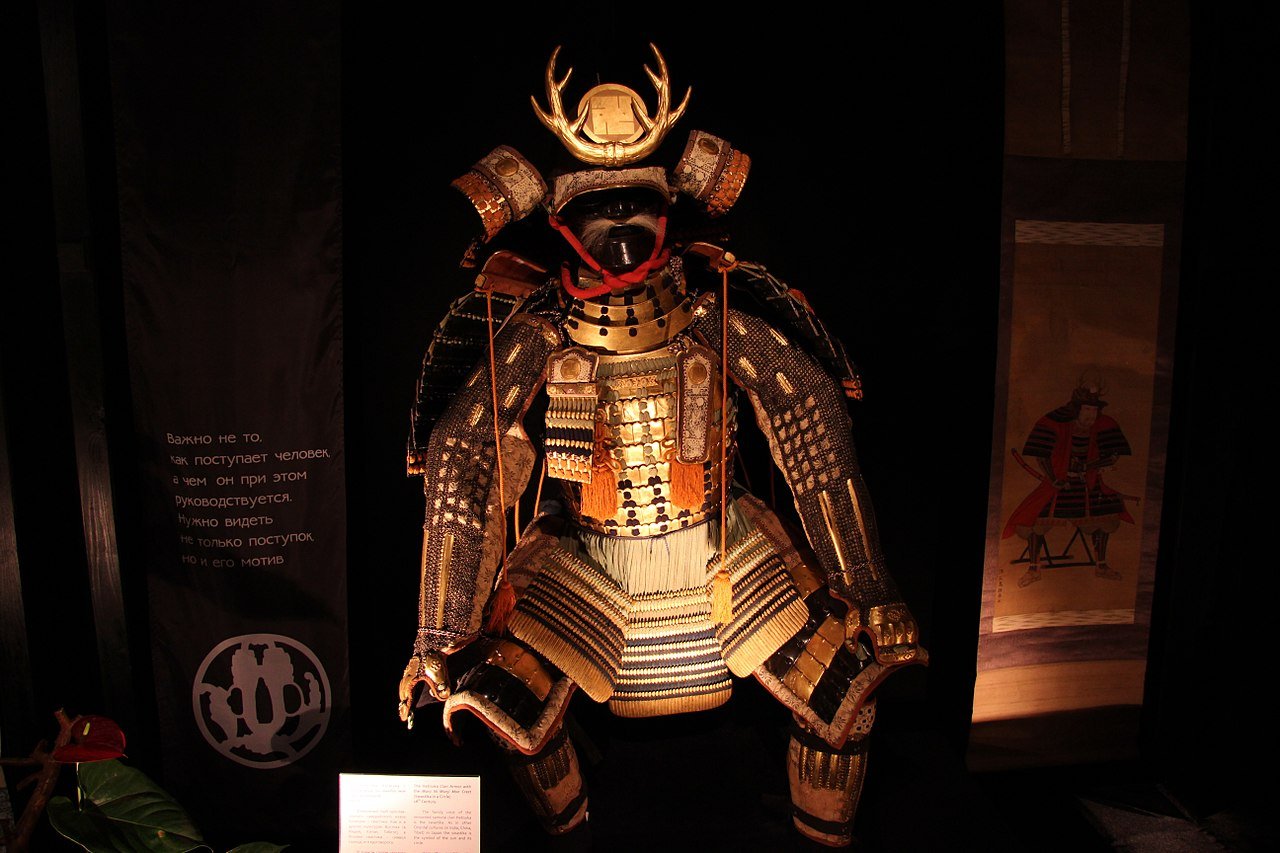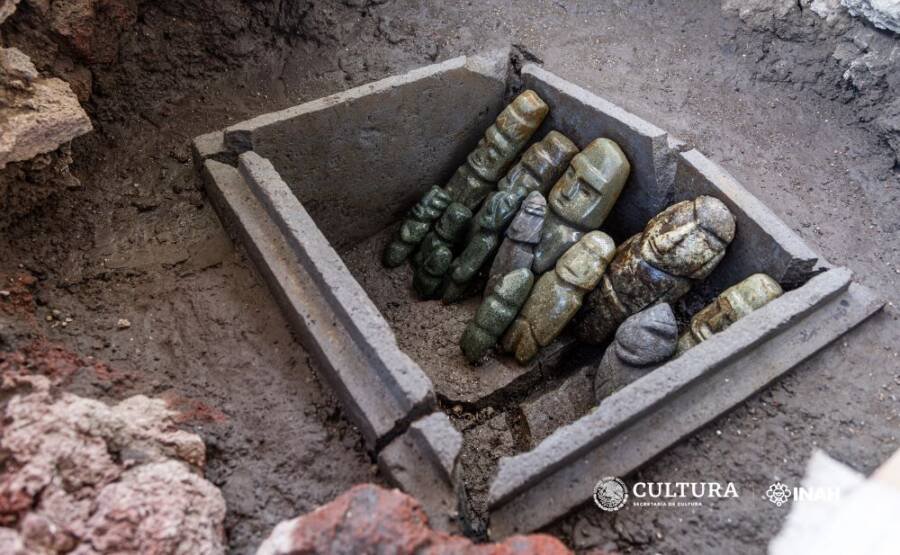You may have read the novel ‘Roots’ by Alex Haley. He was the seventh grandson of a slave “captured” from the Gambia. Although the Gambia is a small country, it is a beautiful country with lush greenery. It is surrounded by Senegal. Senegal is a large country bordering the Atlantic Ocean in West Africa.
There is a country called ‘Mali’ on the eastern border of the Gambia. It is located near the Sahara Desert. Here I went to the Gambia via Senegal and then to Mali.
Compared to the Gambia, Mali is a desert country with primitive people. Now let us think for a moment about Egypt. When you look down from the window of a plane arriving in Egypt, you see a strange sight.
You see the Nile flowing like a snake. Both sides of the river are green. But as you move away from the river, the green color quickly disappears and the yellow and white Sahara begins to appear on both sides of the river. If one day the Nile suddenly dried up, the Egyptians living along the Nile would not be able to live in Egypt.
Moreover, suppose you go from Mali to the east or from Egypt to the west and try to enter the Sahara during the summer. If for some reason your communication devices and car fail there, you will face a definite death. Because the Sahara has an oven-like temperature.
now we come to the main topic of this article. Was there a time when the Sahara was fertile? Was the Nile also a factor? Did it flow like this today? Or did its direction change for some reason? Thus a lot of questions.
Do you believe that fossils of animals such as sharks and whales, as well as fossils of mangroves, can be easily found in the northern part of the Sahara? This means that the Sahara was once covered by the sea.
The presence of fossils in mangroves reveals another important fact. That is, the sea above this Sahara may have been shallow. It is also possible that there may be other animals associated with such a sea.
Scientists have discovered that this was 40 million years ago when the African plate came closer to the European plate. Today the Strait of Gibraltar is about nine miles wide. But at that time it was hundreds of miles wide. During this time the seawater in the middle of Africa was slowly getting stuck.
Then it slowly dried up many centuries ago and eventually became a desert without a single drop of water. This is also the reason why there are fossilized sea creatures in the huge rocks in the pyramids.
20 million years ago the Sahara was a very fertile area of vegetation. There is evidence of this. Known as the ‘White Desert’, this is one of the strangest sights to the north of Egypt and to the west of the Nile.
There are huge mushroom-shaped rocks. These are special to this area. When the heated air mixes with the sand and flows far below the ground, the bottom part of the mound is eroded to form these mushroom-like rocks.
Scientists used another amazing method to roughly trace the time when the Sahara became a desert. It is a measure of the amount of sand deposited in the Atlantic Ocean by winds. They examined the height of the sand at the bottom of the Atlantic Ocean and the annual wind speeds and found that the Sahara was about 3 million years old.
The world’s axis changes [Wobble] every 20,000 years. Due to this, the monsoon winds change. This has been found to affect rainfall in the Northern Hemisphere. This is the time when the Sahara Desert receives the least amount of rainfall. But even today, in the middle of the Sahara Desert, there are wetlands created by groundwater. Through these, the people living in the desert get water.
Another important discovery was made by satellite technology. There, a special radar system found evidence of rivers and roads that flowed about 16 feet [16 m] below the Sahara sands. There were larger lakes in the Sahara than Lake Victoria.
There is also evidence that humans lived in the Sahara. For example, the remains of ancient necklaces made of fish and oyster shells and human skeletons have been found in the Sahara. But little by little, this fertile land, as large as the United States, became a desert called the Sahara.
That desert will become a vast forest in another 15,000 years.
Meanwhile, there is folklore in these countries. That is, about a change in the direction of the Nile’s flow, and therefore that other parts of Africa were fertile in the past. As you probably know, the Great Nile originates in the Khartoum region of North Sudan. It is also its capital. Two Nile rivers flow until Kartum.
One is the Blue Nile, a very deep, narrow stream that flows from the mountains of Ethiopia. The other is the White Nile, which flows from Uganda. The White Nile is so wide that in some places the other bank is invisible. But a low current flows as well as shallow.
Then the Great Nile, which starts at Khartoum, goes further and takes a big bend, suddenly changing its direction between places in Sudan, from Omdurman to Al-Dabba. This is a very strange kind of bend.
Investigations by NASA and the University of Dallas in the United States have shown that this event occurred when two continent plates collided hundreds of millions of years ago.
There must be a special reason why the Nile goes this huge circle and joins the Mediterranean Sea. If not, there could have been two possible events. “The Nile flows directly into the Mediterranean Sea” or “it turns and flows into the Atlantic Ocean”. If that were the case, the Nile would not flow through Cairo into the Mediterranean.
That is, “the Nile would have flowed through the Republic of Chad between Libya and the Central African Republic, closer to the Red Sea” or “westward towards ‘Cameroon’ or the previously mentioned West African countries of Senegal, Gambia or Mauritania”. There is also an opinion that it was not natural for the Nile to change direction.
There is an old story that extraterrestrial beings diverted the direction of the Nile towards Egypt in order to build Egyptian civilization. While this may be possible today with the glory of technology, in the past it was only a dream for man to do it. There are reasons for that.
That is, only the most talented swimmer tries to swim across the Great Nile, which flows through the Kartum area. This is because the river widens and the water beneath it flows faster. Moreover, there are even crocodiles and snakes that eat humans.
If anyone has been to Cairo, Egypt, they would say that the Nile is a small river. Usually, when a river starts small and falls into the sea, it becomes large.
But on the Nile, the opposite happens. This is because the Nile has been the source of water for eleven African countries since its inception. Also, as the water evaporates as it flows through the desert, the river eventually falls into the Mediterranean Sea, shrinking and becoming smaller.
But before those countries could get water like that, the water flow at the ‘starting point’ of the Great Nile was enormous. If the course of such a huge river were to change, it would be impossible for humans to do that, except for the most advanced extraterrestrial life.
No man has been able to do this, especially in the past. That is because the sudden change of direction of this river is so strange. If so, the Nile may have been a source of fertility for the Sahara at the time.
Whether the direction of the Nile changed according to the will of the aliens, or whether it was mere speculation or conjecture, remains to be seen only when the ancient Atlantic records, believed to have been hidden in the Great Pyramid of Giza, have been revealed to the world.
-Isobel Rose 🌹🌹🌹












1 thought on “Were there trees in the Sahara?”
Thank you for your sharing. I am worried that I lack creative ideas. It is your article that makes me full of hope. Thank you. But, I have a question, can you help me?